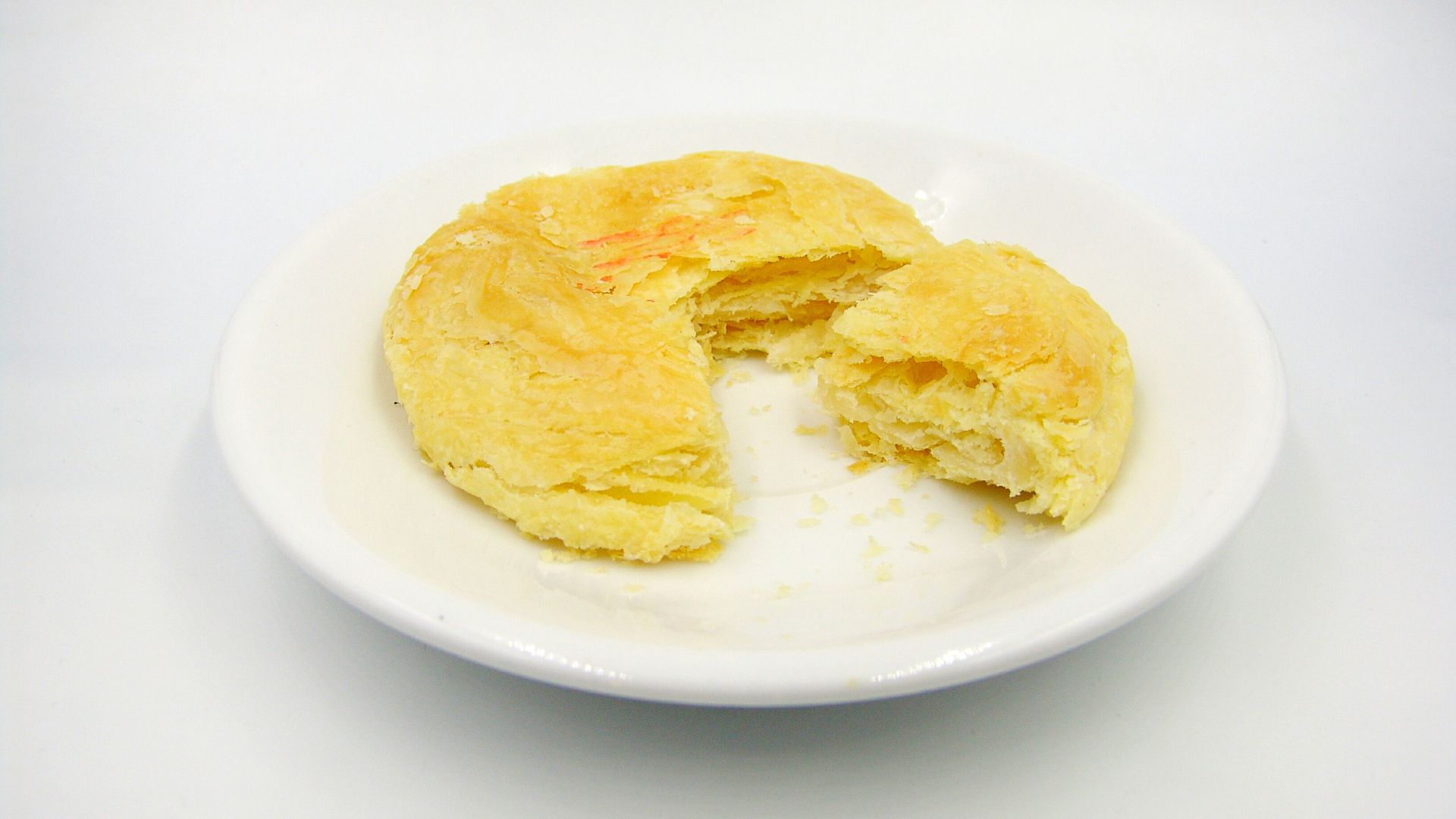Imagine starting your day with a delicious, savory crepe that’s as light as air yet packed with flavor. Welcome to the world of dan bing, a traditional Taiwanese breakfast staple that’s winning hearts worldwide.
Stay tuned as we delve deeper into the world of dan bing, exploring its rich history, versatile ingredients, and the secret to making your very own Taiwanese breakfast crepe at home.
Dan Bing
The Origin of Dan Bing
Dan Bing, a savory crepe often enjoyed at breakfast, originates from Taiwan. Historically, the cuisine relationship between mainland China and Taiwan influenced its creation. The dish draws similarities from Jian Bing, a similar concept from Northern China. Over time, the original recipe of Jian Bing experienced transformations, suiting the local taste of Taiwan, thus giving birth to Dan Bing.
Ingredients and Variations
Dan bing, a culinary gem from Taiwan, boasts an impressive array of ingredients and variations, catering to a wide spectrum of taste preferences. Building from its traditional roots, dan bing has developed into a versatile dish with numerous adaptations inspired by global flavors. The following section elucidates the essential components of traditional dan bing, followed by an exploration of its popular variations and fillings.
Key Ingredients in Traditional Dan Bing
In its simplest form, dan bing incorporates minimal ingredients, the beauty of the dish lies within its simplicity and subtle interplay of taste and texture. A typical dan bing wrap comprises of rice flour, water, and eggs, which result in a crisp, thin, and pliable crepe.
The following list details each ingredient involved:
- Rice flour: Renders the crepe tender yet resilient, enabling it to hold the hearty fillings without breaking.
- Water: Hydrates the flour, creating a workable dough that’s easy to shape. The amount used directly impacts the resulting texture of the crepe.
- Eggs: Adds richness, flavor, and protein. Coating the crepe with a thin layer of egg helps to seal in the fillings and enhance its overall taste.
Popular Variations and Fillings
No doubt, the fillings characterize a dan bing’s unique identity, allowing chefs and home cooks to experiment with a variety of ingredients. Popular variations often contain an assortment of vegetables, meats, and sauces, each contributing to a remarkable blend of flavors. An example includes a combination of tuna, corn, and cheese, which offers a delightful balance of salty, sweet, and creamy tastes.
Making Dan Bing at Home
Making dan bing at home demonstrates it’s not just a flavorful delight but also schedules in a fun, weekend-long cooking venture. The recipe outlined herein originates from Taiwanese home kitchens and reflects the traditional practice.
The Basic Recipe
The basic recipe for dan bing begins with a simple pancake batter. Peers into the mixing bowl reveal a smooth blend of rice flour and water, creating a substance ripe for cooking into a thin, pliable crepe. Typically, the cooking process trickles into regular intervals, giving time for the pouring, spreading, and flipping of each dan bing.
Tips for the Perfect Crispy Texture
Attaining the perfect crispy texture for a dan bing may seem challenging, but it’s not an art secret. A non-stick pan is the first requisite, and a swift wrist flip is the second. The latter ensures that the crepe is heated evenly on both sides, obtaining that desirable golden tinge.
Pancake’s thickness also dictates the final texture. A thin, evenly spread batter more often than not crisps up nicely around the edges, delivering fantastic, light crunchiness into each bite.
Must Know
So, it’s clear that dan bing isn’t just a delicious breakfast dish. It’s a versatile culinary delight that can be tailored to meet a variety of dietary needs. Whether you’re in Taiwan or any corner of the globe, you’re likely to find this nutritious treat. Its rich blend of essential vitamins, minerals, and macronutrients makes it a balanced breakfast choice. Whether you’re a vegetarian, vegan, or following a gluten-free or low-calorie diet, dan bing has a place at your breakfast table. It’s more than a dish—it’s a testament to the adaptability and global appeal of Taiwanese cuisine.
